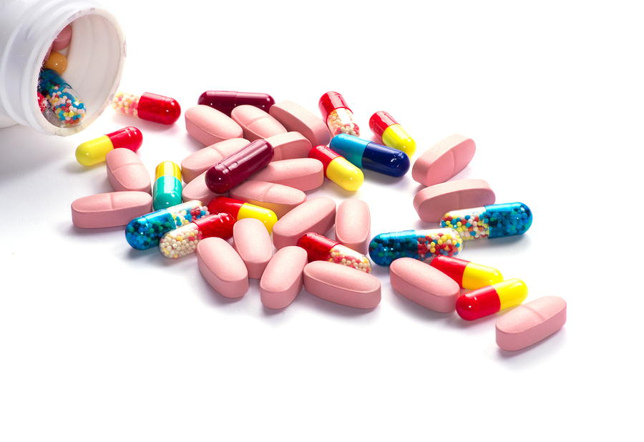On the eve of the 36th annual J.P. Morgan Healthcare Conference, it’s only fitting to take a look at where pharmaceutical deals ended up at the end of 2017. Suffice to say, at a record low deal volume.
Preliminary data show just 96 transactions for pharmaceutical targets were announced last year, the first time pharma deals have notched a two-digit deal volume since 2001 (87 deals then). That marks a 38% decline from 2016’s 156 transactions, and a 49% drop from the most recent high-mark of 188 deals announced in 2014.
Spending was also anemic, with just $28.1 billion committed to finance those deals. That’s 67% below last year’s $84.8 billion, and 87% lower than the spending record set in 2014 of $213.3 billion.
Although deal volume has dropped steadily over the last three years, deal-makers certainly hit the brake at the end of 2016, shortly after the November election brought in the Trump administration. The president hasn’t been shy about tweeting his disdain for drug makers and high drug prices.
The industry has largely kept quiet, and patiently waited for the Republicans to enact tax “reform” legislation that would help them repatriate cash from abroad and, presumably, begin spending on mergers and acquisitions again.
Remember 2014, when Pfizer (NYSE: PFE) stalked AstraZeneca (NYSE: AZN), with a top offer of $118 billion? Although the deal died, it helped to spawn a frenzy of global drug deals that led to those record dollar values in 2014 and 2015.
We’ll be listening to what comes out of the J.P. Morgan summit, both next week and in the months to follow. Things may get crazy in the drug world. Again.


